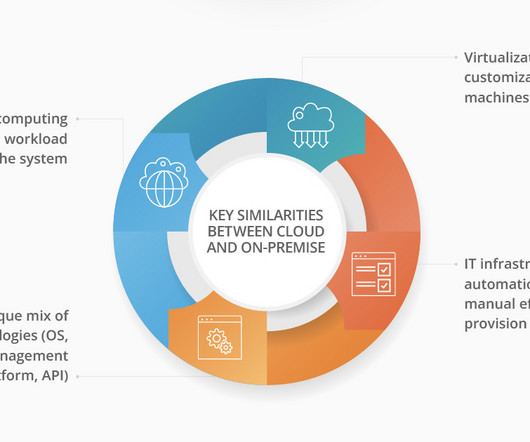European instant payments in harmony: Traditional wisdom meets innovative thinking
IBM Services
APRIL 11, 2024
One of the biggest challenges these organizations face is evolving regulations related to payments. To modernize, remain competitive and be compliant with regulations requires organizations to work with a “trusted” technology partner who can help to bring together their traditional payment practices and innovative solutions.












Let's personalize your content